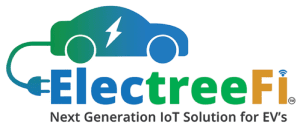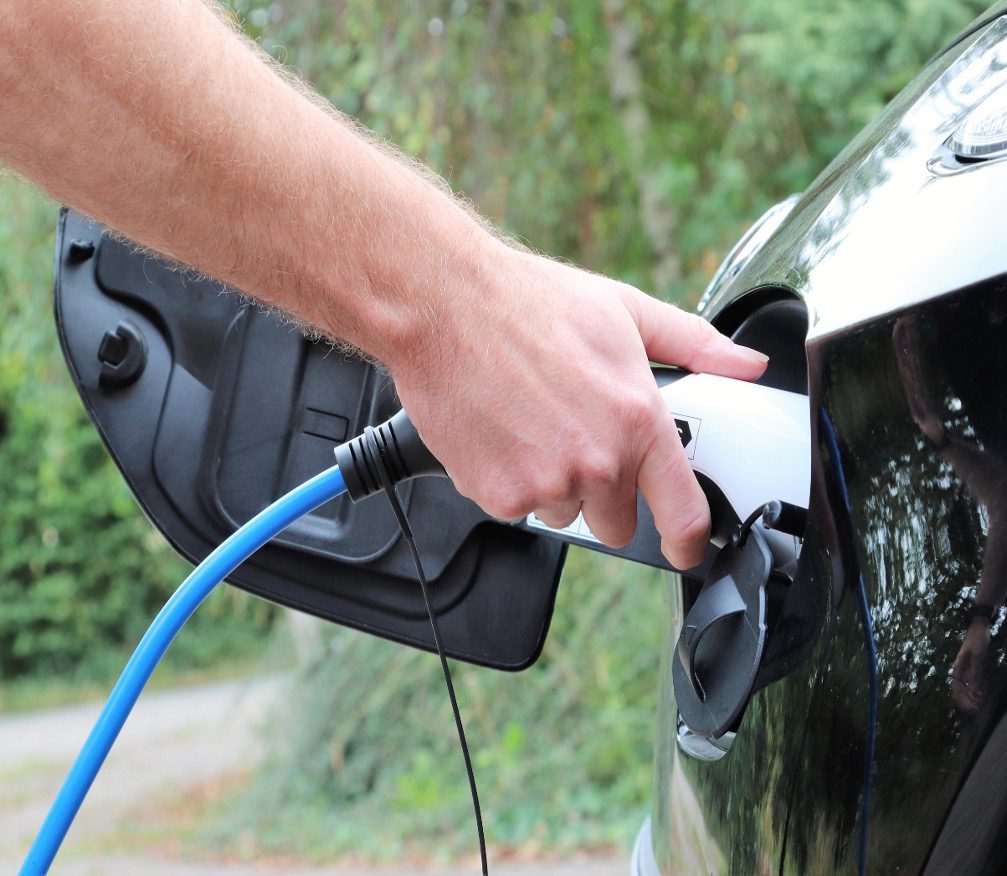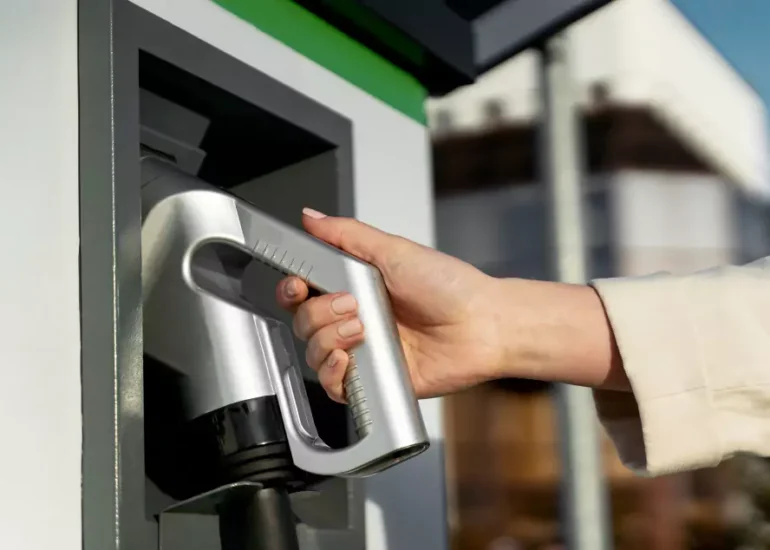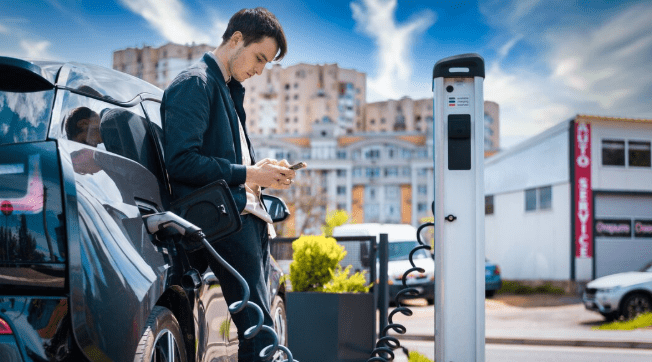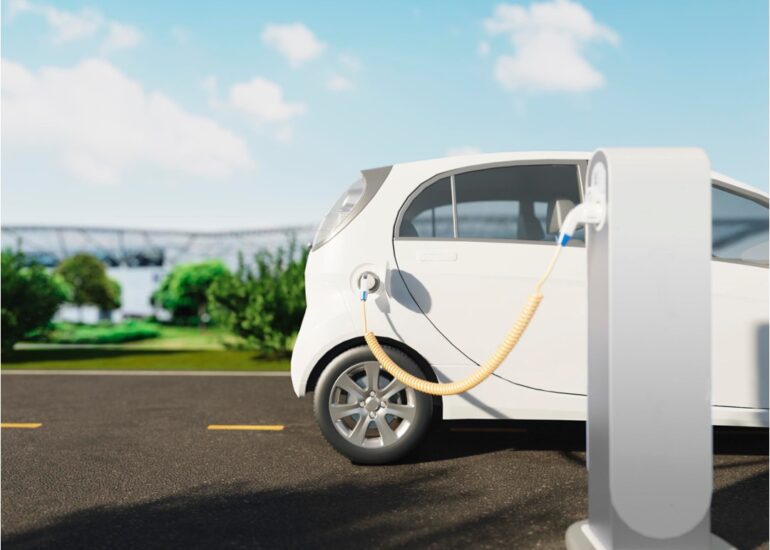As electric vehicles (EVs) become increasingly prevalent, the demand for efficient and user-friendly charging solutions is higher than ever. One of the most innovative advancements in EV charging technology is Plug and Charge. This article explores what Plug and Charge means, its benefits, the charging process, and how it compares to other charging methods.
Table of Contents
What Does Plug and Charge Mean?
Plug and Charge refers to a streamlined method of charging electric vehicles that allows users to simply plug their EV into a compatible charging station without needing to authenticate or start a charging session through an app or RFID card. This technology relies on standardized communication protocols, making the charging experience seamless and user-friendly.
When a driver connects their EV to a compatible EV charging station, the vehicle communicates with the charger through a secure connection. This exchange of information automates the payment and authentication processes, ensuring that the driver can begin charging immediately without any manual input.
Plug and Charge is increasingly being adopted by manufacturers and charging networks, aiming to simplify the charging experience and reduce the barriers to EV ownership.
Plug & Charge for Electric Vehicles
The rise of Plug and Charge technology enhances convenience for EV drivers. By automating the authentication process, it reduces wait times at charging stations and simplifies the overall experience. Many leading automakers, including Tesla, Ford, and Volkswagen, are incorporating this technology into their electric models, making it easier for drivers to access charging stations.
EV owners should prioritize Plug & Charge technology for several reasons:
Convenience:
The simplification of the charging process means less time spent at charging stations. Drivers can connect their vehicles and walk away, knowing that their car will charge securely.
Security:
With robust security measures in place, EV owners can trust that their personal and vehicle data is protected from unauthorized access.
Future-Proofing:
As more EV manufacturers and charging networks adopt Plug & Charge technology, drivers will benefit from a standardized and compatible charging experience across different locations and service providers.
Key Benefits of Plug and Charge
1.Seamless Experience:
Plug & Charge eliminates the need for credit cards, RFID tags, or mobile apps. EV owners can simply connect their vehicles to the charging station, making the process straightforward and hassle-free.
2.Enhanced Security:
The technology utilizes a range of cryptographic tools to secure communication between the vehicle and the charger. This includes digital signatures and public key infrastructure, ensuring that all data exchanged during the charging process remains confidential and authenticated.
3.Automated Authentication:
Once the vehicle is plugged in, it automatically identifies itself to the charging network. The backend system validates the connection, allowing charging to begin without manual intervention. Each EV is linked to a specific billing account, making transactions accurate and transparent.
4.Streamlined Operations for Providers:
By adopting ISO 15118 compliance, eMobility service providers can enhance operational efficiency and offer a more user-friendly experience for their customers. Integration with standards like OCPP (Open Charge Point Protocol) and OCPI (Open Charge Point Interface) further supports interoperability among different charging networks.
What is the Plug and Charge Process?
The Plug and Charge process typically involves the following steps:
- Connect the Charger: The driver plugs their EV into a compatible charging station.
- Automatic Authentication: The vehicle communicates with the charger, automatically verifying the driver's identity and payment method.
- Charging Commences: Once authenticated, the charging session begins without any further action required from the driver.
- Session Completion: After charging, the system logs the transaction, making it easy to track usage and billing.
This simplified process means that EV drivers can charge their vehicles quickly and efficiently, whether they’re at home, at work, or on the road.
Plug and Charge vs. Autocharge
While Plug and Charge allows for a seamless charging experience, Autocharge generally refers to an automated charging process that may require some form of user interaction, such as activating charging via an app. Here’s a quick comparison:
Feature | Plug and Charge | Autocharge |
Authentication | Fully automated | May require app interaction |
User Experience | Seamless and quick | Slightly less convenient |
Compatibility | Requires standardized protocols | Varies by manufacturer |
Benefits of Plug and Charge Technology
1.Convenience:
No need to fumble with cards or apps; drivers can simply plug in and start charging immediately.
2.Time-Saving:
Reduces the amount of time spent waiting at charging stations by eliminating the authentication step.
3.Standardization:
Promotes compatibility across different EV models and charging networks, simplifying the charging process.
4.Improved User Experience:
By minimizing friction, Plug and Charge enhances the overall experience for EV users, encouraging more people to transition to electric vehicles.
Trending Topics in Plug and Charge
Integration with Smart Grids:
Plug and Charge technology can be integrated with smart grid systems, allowing for optimized energy usage and management. This ensures that charging occurs during off-peak hours, reducing stress on the electrical grid and potentially lowering costs for consumers.
Impact on EV Adoption Rates:
Simplifying the charging process through Plug and Charge technology can significantly influence EV adoption rates. As potential buyers see a more accessible and user-friendly charging infrastructure, they may be more inclined to switch to electric vehicles.
Future of Charging Networks:
The landscape of charging infrastructure is rapidly evolving. With the growth of EVs, charging networks must adapt to meet demand. Plug and Charge technology plays a crucial role in this evolution, providing a scalable solution to streamline the charging experience.
Environmental Impact of Plug and Charge
Adopting Plug and Charge technology not only enhances the user experience but also supports environmental sustainability. By making EV charging more convenient, it encourages more people to transition from traditional gasoline vehicles to electric ones, ultimately reducing carbon emissions. As more EVs hit the roads, the demand for clean energy sources increases, further promoting the development of renewable energy solutions.
Conclusion
Plug and Charge technology represents a significant step forward in EV charging, making the experience simpler and more efficient for drivers. As more manufacturers adopt this standard, we can expect a more widespread acceptance of electric vehicles and a smoother transition to a greener future. By understanding and embracing Plug and Charge, both consumers and industry stakeholders can contribute to a more sustainable and convenient transportation landscape.
